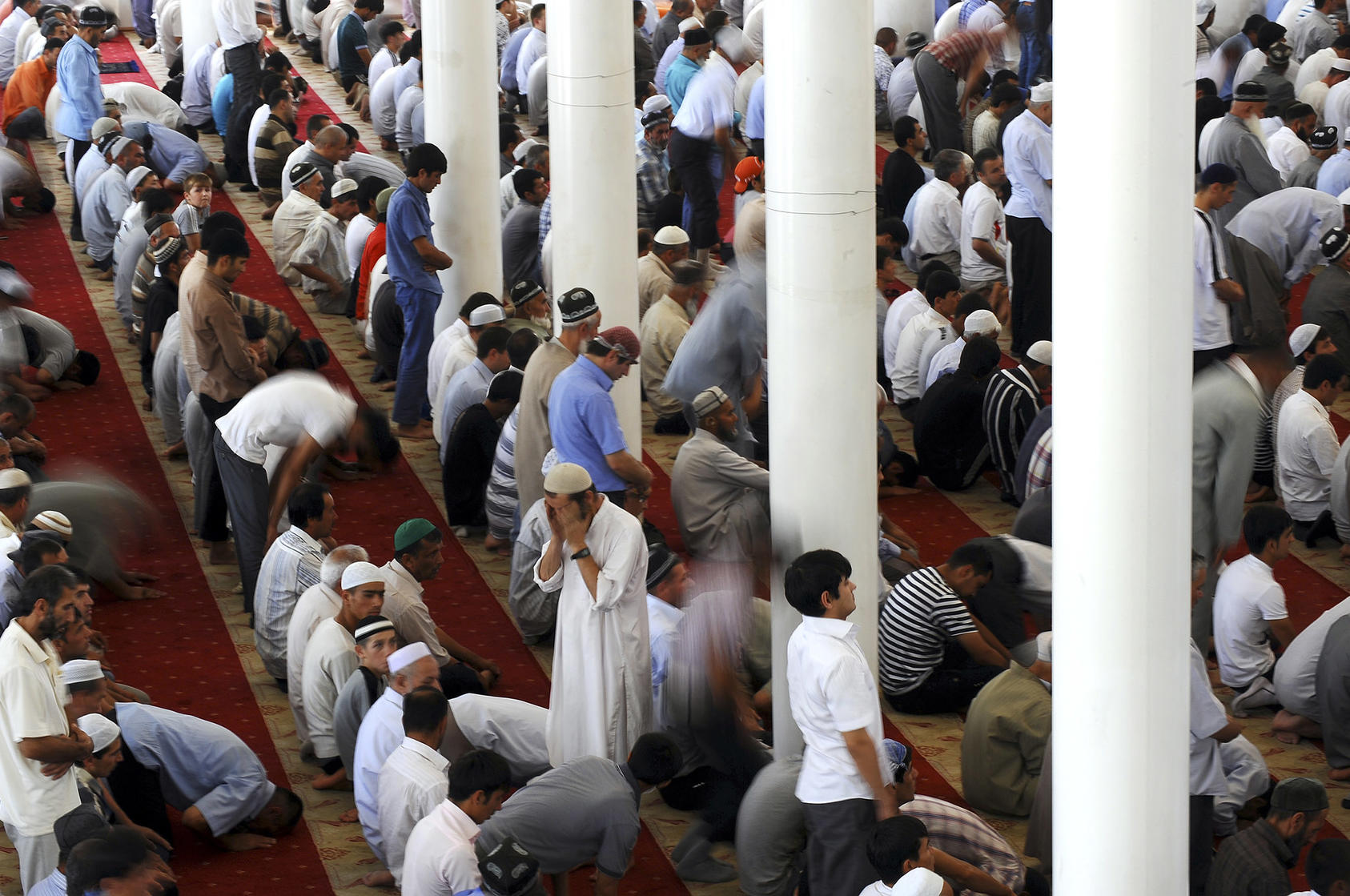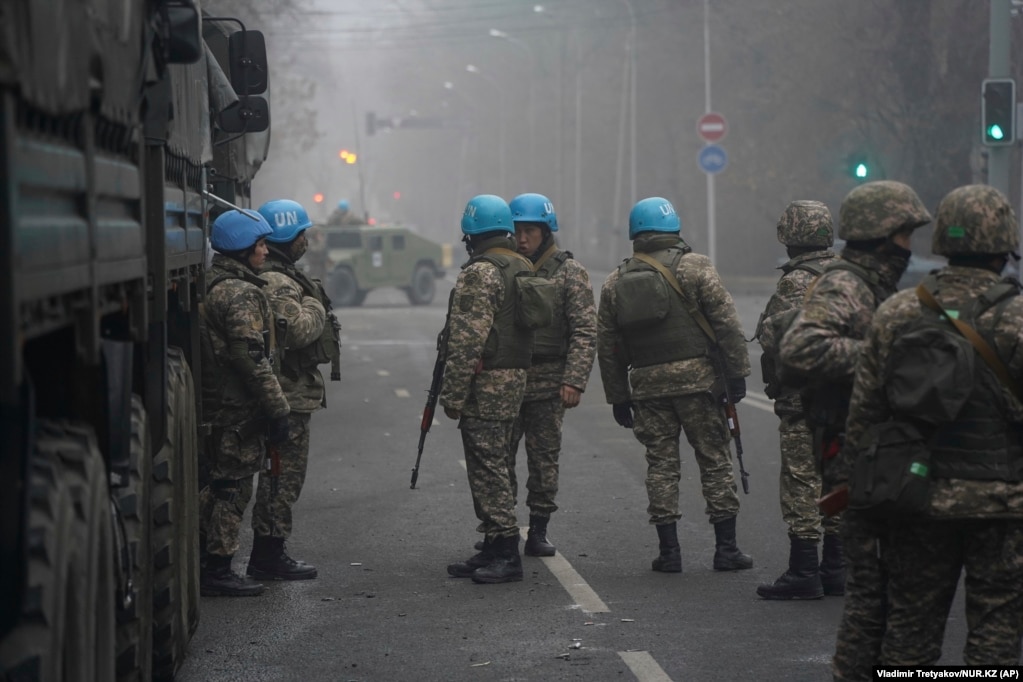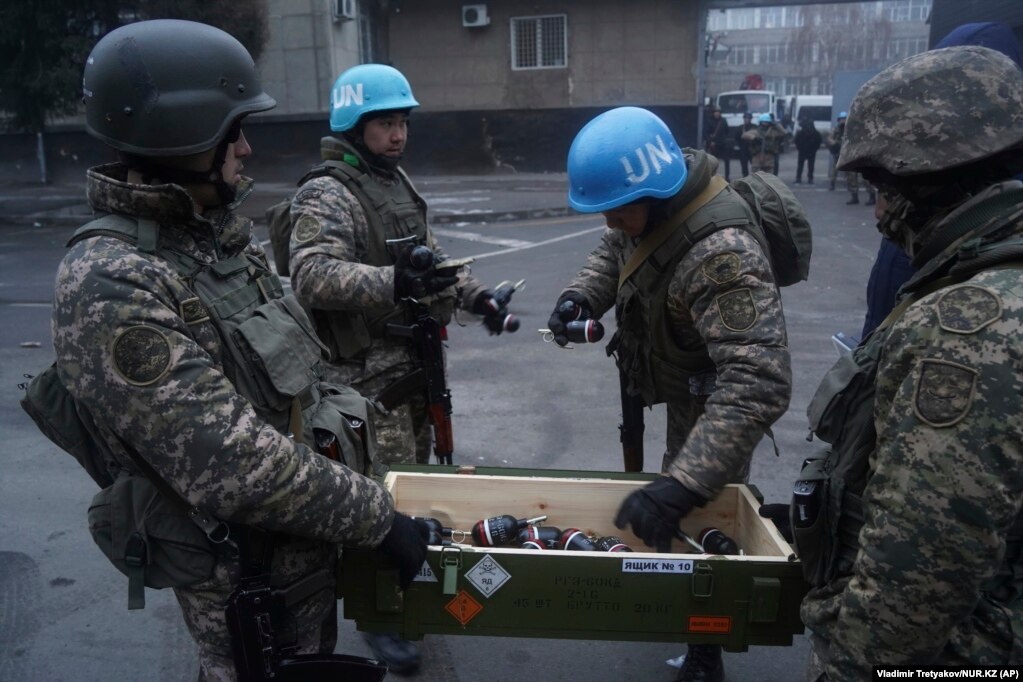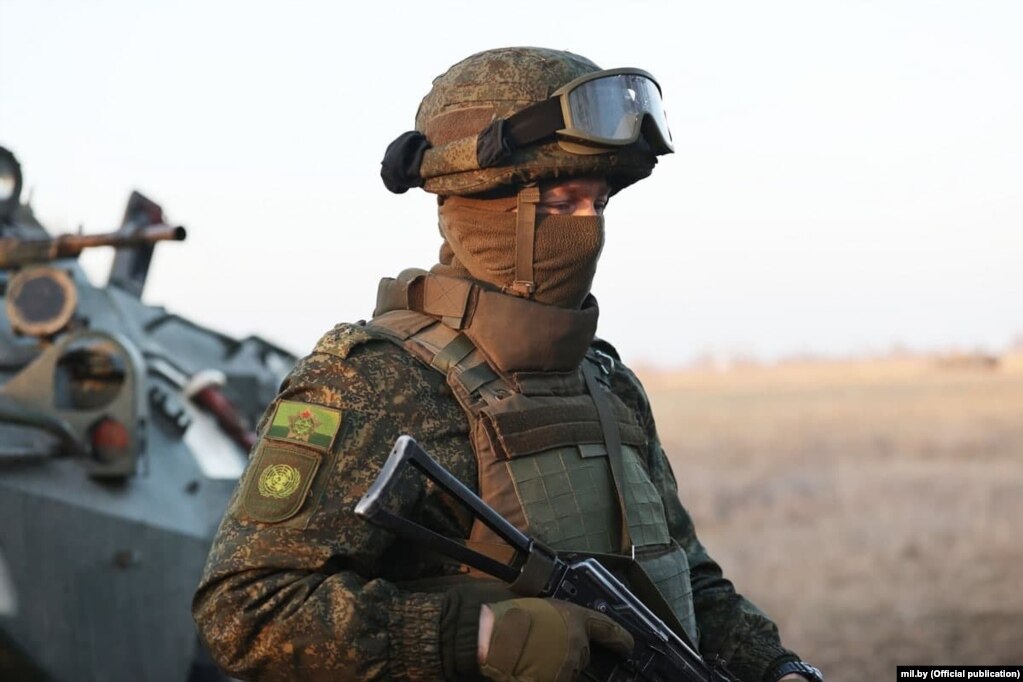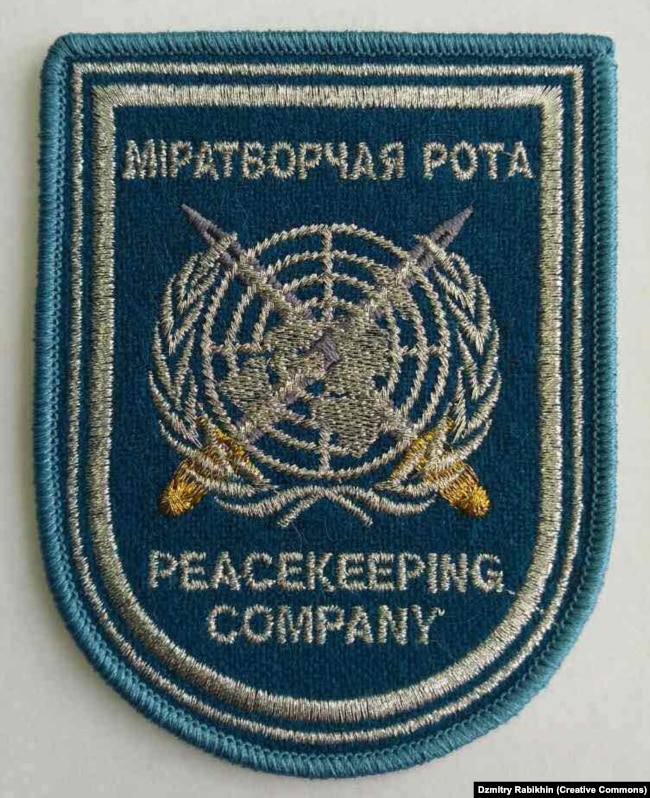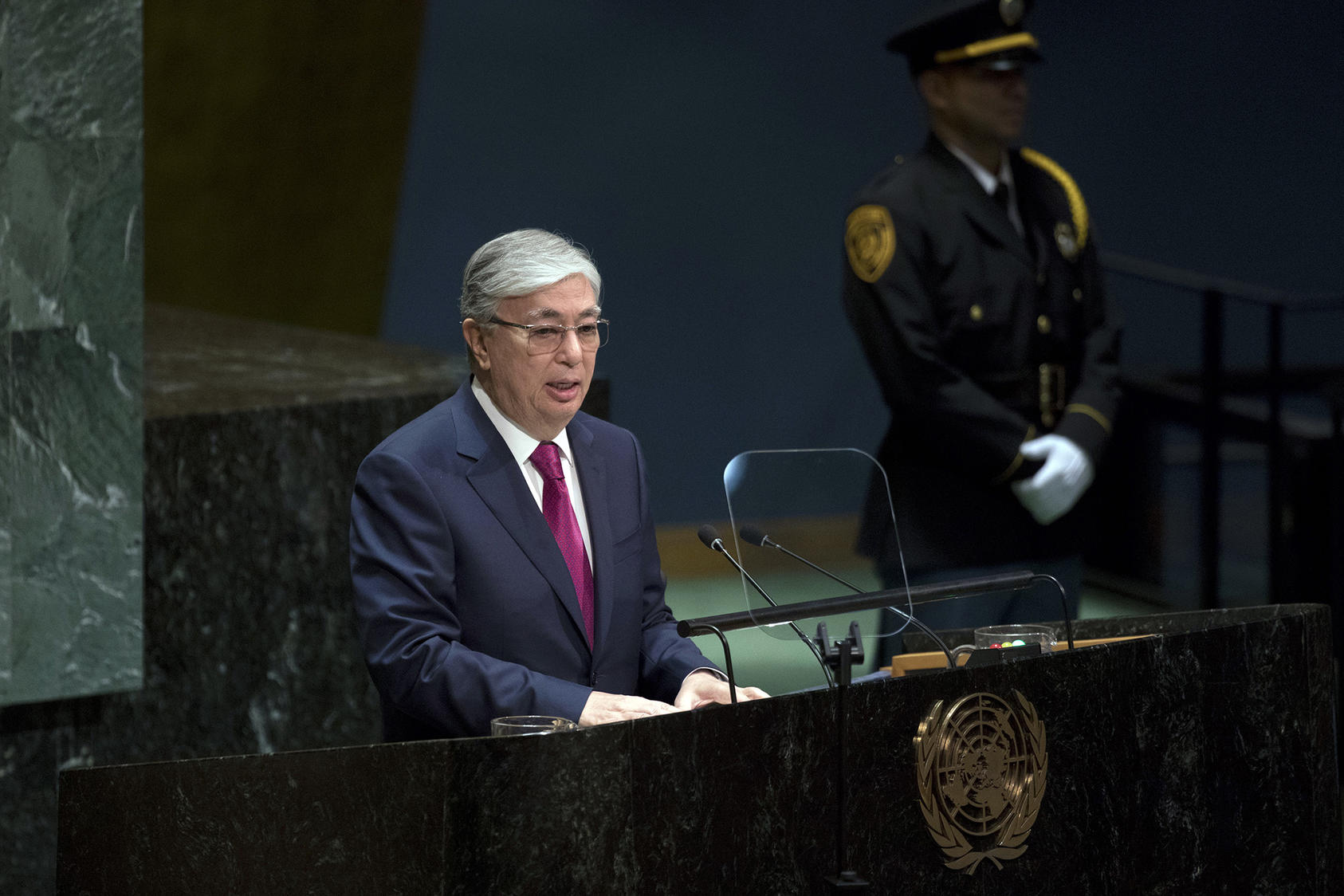Analysis;
Threats of Israeli chemical weapons arsenals, meaningful Western silence
January 12, 2022 - 9:21 AM News Code : 1218069 Source : Al Waght NewsLink:
Since its establishment, the Israeli regime has been struggling to acquire arms and equipment granting it military capability and deterrence in the face of regional countries and the Palestinians and enabling it to pursue its expansionist goals in the region.
AhlulBayt News Agency (ABNA): Since its establishment, the Israeli regime has been struggling to acquire arms and equipment granting it military capability and deterrence in the face of regional countries and the Palestinians and enabling it to pursue its expansionist goals in the region.
Tel Aviv defines its military doctrine based on pre-emptive strikes using any type of weapons including biological, chemical, and nuclear weapons. Despite building nuclear warheads and various chemical weapons, it declined to sign Non-Proliferation Treaty (NPT), an agreement seeking prevention of stockpiling nuclear weapons. It has so far escaped punishment and international diplomatic limitations despite use of Weapons of Mass Destruction (WMDs) and internationally-banned arms in Palestine, Lebanon, and Syria.
Israeli chemical weapons use records
The Office of Technology Assessment of the US Congress has described the Israeli regime as having chemical arms capabilities and an undeclared biological weapons program, adding that Tel Aviv used chemical weapons in various wars against civilians.
In February 2001, Israel used toxic gases against the people in Gaza Strip, causing many women and children to suffer suffocation, muscle cramps, and convulsions. Also, in March 2001, Tel Aviv gassed Al-Bireh village in Gaza.
In its aggression against Lebanon and Gaza, Israel military used banned weapons, including four unknown types of weapons, against the Lebanese people, including cluster bombs, phosphorous bombs, unknown bombs emitting unknown fumes with a foul odor, and bullets that turn into 300 fragments after the explosion and can cover an area of 200×400 meters.
Additionally, the injuries inflicted on Palestinians during Gaza bombing in 2014 war also demonstrate the fact that the Israeli regime used depleted uranium and chemical weapons in the Palestinian enclave. Norwegian doctors told Al-Alam news network that uranium traces have been discovered in the bombed areas of Gaza.
Also, during the 11-day Israeli war on Gaza in May 2021, the Israeli army targeted Gaza with missiles containing chemical and toxic substances. Gaza-based medical centers asserted that a number of Palestinians died after breathing the toxic material fired by Israeli forces. There were clear signs on their bodies showing they died of gas, the centers continued.
Syria, a showcase of Western contradictory behavior regarding chemical disarmament
When the Syrian government was accused of using chemical weapons in 2013 against militants, Western countries, led by the US, threatened Damascus with military action should it does hand over its chemical weapons, claiming that the Syrian government had crossed the red lines. In the midst of the Syrian crisis, this became a pretext for increasing political and military pressure on the country, and as a result of these pressures, the government of President Bashar al-Assad agreed to accept the protocol banning the spread of chemical weapons, and as a result, all of its chemical weapons were destroyed.
There was no evidence the government used chemicals against foreign-backed insurgents and the NPT spokesman at the International Court of Justice said the Israeli and American-provided evidence do not correspond to the standards required by the UN on use of WMDs. Exactly at the time Syrian chemical weapons were destroyed, Moscow and Damascus reported that foreign-backed terrorist fighters acquired chemical weapons with the likeliest provider being the Israeli government as it already supplied them with arms.
Despite proofs that the Israeli regime used WMDs several times, it has never come under pressures to destroy its weapons or sign the NPT.
Dual standards regarding use of banned weapons
The American journalist Seymour Hersh in his book The Samson Option: Israel's Nuclear Arsenal and American Foreign Policy writes that the beginning of Israel's chemical and biological weapons program dates back to the 1960s, and in addition, in the Tel Aviv equipped some countries, such as Taiwan, with chemical weapons and transferred chemical weapons technology to others. Also, according to US intelligence assessments, the Israeli regime had tested chemical weapons in Negev desert. These measures have not met with a reaction from Western powers, especially the US, Britain or France in show of double standards in dealing with WMDs use.
Former British member of parliament Sarah Wollaston, who voted against authorization for British government motion to join war on Syria in 2013, said in an interview with The Guardian "I've been looking at cluster weapons this week, and I think it would send an incredibly mixed message for the US to be dropping bombs on Syria because they say they're using a hideous weapon, when they're selling another hideous weapon – a third of whose victims are children – to Saudi Arabia. I think that people in the region look at that and say: where's the consistency from the world's moral policemen on innocent victims of weapons like this?.... "Look at white phosphorus. There's been very clearly documented examples where it's been used as a weapon, fired directly at people, and there's no doubt it's a chemical weapon used in those circumstances. It's a chemical which oxidizes on contact with air and just keeps burning. It inflicts hideous burns because it just keeps on burning until it runs out of oxygen, so right down to the bone. It's a really horrible weapon, and yet we don't call that a chemical weapon, because it's been used by US troops and it's been used by Israel. Again it's that kind of double standard that creates resentment about what's important."
At a UN Security Council meeting focusing on West Asia region and chemical weapons on January 6, Iran's Deputy Permanent Representative to the UN Zahra Ershadi said: "It is a matter of grave concern that, as a result of the United States' failure to comply, as the only member of the Convention still possessing chemical weapons, with its commitments on the deadline for the destruction of chemical weapons, this goal has not yet been achieved…. Another obstacle in this regard is the non-universality of the convention. To achieve this lofty goal, the Israeli regime must be forced to accede to this convention without any further prerequisites or delays."
